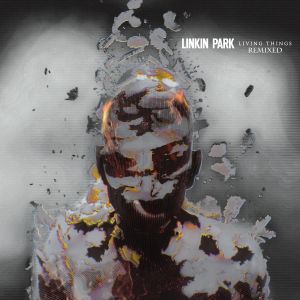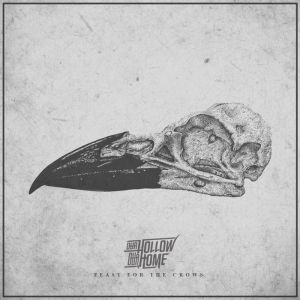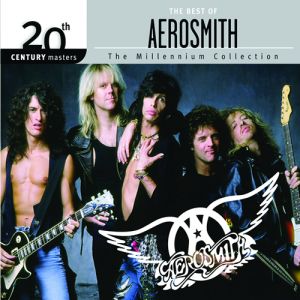SHARE ON: |
| |
| |
 |
 |
|
|
A new study has found that the structure of the universe and its galaxies is comparable to that of a human brain and its neurotransmitters.
The small-scale preliminary study, published Monday in the journal Frontiers of Physics, found that while the scale between the two most challenging and complex systems in existence is different, their structures are remarkably similar.
The analysis suggests that diverse physical processes can build structures characterized by similar levels of complexity and self-organization.
Franco Vazza, an astrophysicist at the University of Bologna, and Alberto Feletti, a neurosurgeon at the University of Verona, investigated the differences and similarities between the cosmic network of galaxies and the network of neuronal cells in the brain.
The human brain functions because of its network of nearly 70 billion neurons while the universe is thought to have at least 100 billion galaxies, but the analysis found that only 30 per cent of each network’s mass is composed of galaxies and neurons.
Within each system, the study found that approximately 70 per cent of its mass is made of components playing an apparently passive role such as water in the brain and dark energy in the cosmos.
The researchers reported that this results in each system looking like a web, with the galaxies and neurons having arranged themselves in long filaments and nodes that link up.
Although the relevant physical interactions in the above two systems are completely different, their observation through microscopic and telescopic techniques have captured a tantalizing similar morphology, to the point that it has often been noted that the cosmic web and the web of neurons look alike, the paper noted.
Starting from the shared features of the two systems, Vazza and Feletti compared a simulation of the network of galaxies to sections of the cerebral cortex and the cerebellum. The goal was to observe how matter fluctuations scatter over such diverse scales, according to the report.
Our analysis showed that the distribution of the fluctuation within the cerebellum neuronal network on a scale from 1 micrometre to 0.1 millimetres follows the same progression of the distribution of matter in the cosmic web but, of course, on a larger scale that goes from 5 million to 500 million light-years, Vazza explained in a press release.
The two scientists also calculated some parameters characterizing both the neuronal network and the cosmic web including the number of connections in each node and the tendency of clustering several connections in central nodes within the network.
Once again, structural parameters have identified unexpected agreement levels. Probably, the connectivity within the two networks evolves following similar physical principles, despite the striking and obvious difference between the physical powers regulating galaxies and neurons, Feletti said in the release.
These two complex networks show more similarities than those shared between the cosmic web and a galaxy or a neuronal network and the inside of a neuronal body, he added.
Vazza and Feletti suggest the findings will prompt new and effective analysis techniques in both fields, cosmology and neurosurgery, that will allow for a better understanding of the routed dynamics underlying the temporal evolution of these two systems.
Left: section of cerebellum, with magnification factor 40x, obtained with electron microscopy (Dr. E. Zunarelli, University Hospital of Modena); right: section of a cosmological simulation, with an extension of 300 million light-years on each side (Vazza et al. 2019 AA). (Photo courtesy University of Bologna)
|
 |
|
 |
|
 |
 |
 |
6 am |
| -5 ℃ |
| BROKEN CLOUDS |
WIND: SW 10 KM/H
GUSTING TO 20 KM/H |
|
|
 |
7 am |
| -5 ℃ |
| BROKEN CLOUDS |
WIND: W 14 KM/H
GUSTING TO 43 KM/H |
|
|
 |
8 am |
| -4 ℃ |
| BROKEN CLOUDS |
WIND: W 14 KM/H
GUSTING TO 39 KM/H |
|
|
 |
9 am |
| -4 ℃ |
| BROKEN CLOUDS |
WIND: WNW 15 KM/H
GUSTING TO 42 KM/H |
|
 |
 |
10 am |
| -3 ℃ |
| BROKEN CLOUDS |
WIND: WNW 12 KM/H
GUSTING TO 30 KM/H |
|
|
 |
11 am |
| -3 ℃ |
| BROKEN CLOUDS |
WIND: WNW 11 KM/H
GUSTING TO 26 KM/H |
|
|
 |
12 pm |
| -2 ℃ |
| SCATTERED CLOUDS |
WIND: W 9 KM/H
GUSTING TO 22 KM/H |
|
|
 |
1 pm |
| 0 ℃ |
| SCATTERED CLOUDS |
WIND: W 12 KM/H
GUSTING TO 31 KM/H |
|
 |
 |
 |
TODAY |
HIGH OF 2 ℃
LOW OF -5 ℃ |
| SCATTERED CLOUDS |
|
|
 |
MONDAY |
HIGH OF 2 ℃
LOW OF -9 ℃ |
| OVERCAST CLOUDS |
|
|
 |
TUESDAY |
HIGH OF 3 ℃
LOW OF -3 ℃ |
| OVERCAST CLOUDS |
|
|
 |
WEDNESDAY |
HIGH OF -1 ℃
LOW OF -10 ℃ |
| OVERCAST CLOUDS |
|
 |
 |
THURSDAY |
HIGH OF 2 ℃
LOW OF -3 ℃ |
| SNOW |
|
|
 |
FRIDAY |
HIGH OF -6 ℃
LOW OF -19 ℃ |
| LIGHT SNOW |
|
|
 |
SATURDAY |
HIGH OF -5 ℃
LOW OF -17 ℃ |
| BROKEN CLOUDS |
|
|
 |
SUNDAY |
HIGH OF 0 ℃
LOW OF -11 ℃ |
| BROKEN CLOUDS |
|
|
|
|
|
 |
 |

|
| Namecheap New Year Sale – Start 2026 Online Strong! |
| |
| Ring in 2026 with Namecheap! Save on domains, hosting, and online tools to kick off the year with a strong digital presence. |
| |
| New Year deals won’t last—shop Namecheap now! |
|
 |
|
 |
|
|

 |
 |
LINKIN PARK
TWO FACED
06:40 AM |
 |
 |
OUR HOLLOW OUR HOME
CASTAWAY
06:36 AM |
 |
 |
AFFINITY FALLS
REDLINE
06:33 AM |
 |
 |
BUSH
60 WAYS TO FORGET PEOPLE
06:30 AM |
 |
 |
STONE SOUR
SUBVERSIVE
06:26 AM |
 |
 |
AEROSMITH
SWEET EMOTION
06:23 AM |
 |
 |
CROSSBONE SKULLY
THE BOOM WENT THE BOOM
06:19 AM |
 |
 |
GARRETT AND THE GRAY
DEATH MEET ME HERE
06:13 AM |
 |
 |
GOOD CHARLOTTE
LIFE CANT GET MUCH BETTER
06:09 AM |
 |
 |
MONSTER TRUCK
THE ENFORCER
06:06 AM |
 |
 


 |































